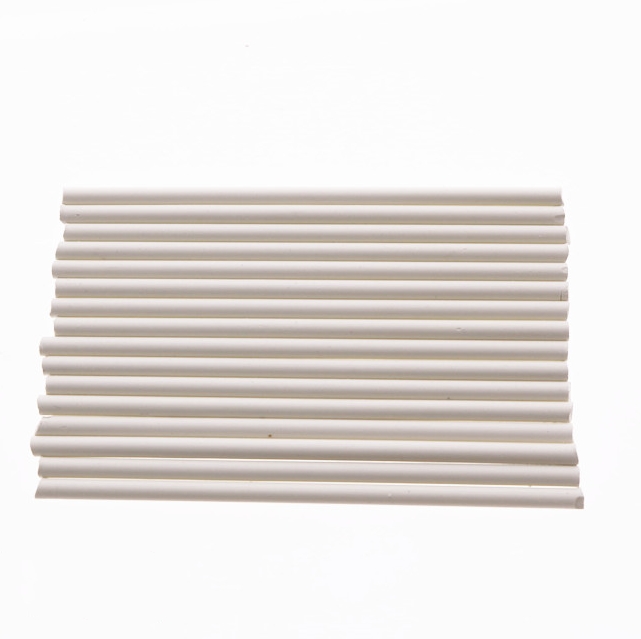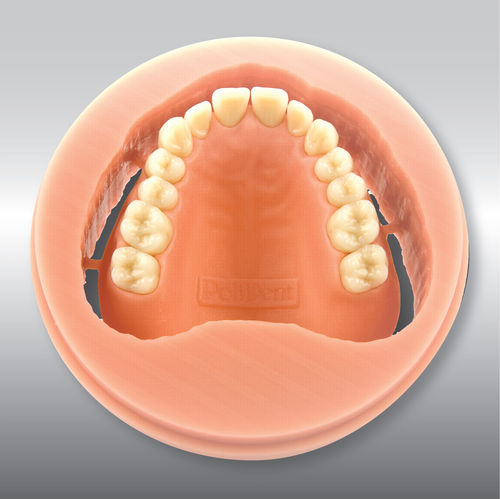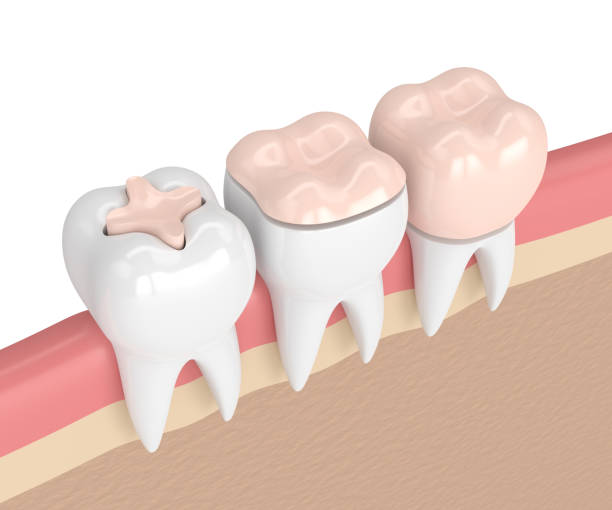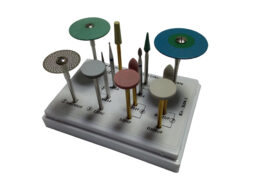In the realm of dental care, temporary filling materials serve as a crucial safeguard for teeth undergoing treatment. Whether it’s during a multi – stage root canal procedure or a temporary fix before a permanent restoration, their proper use is essential. Let’s explore how to ensure their correct application and the common pitfalls to avoid.

Ensuring Proper Use and Application
Pre – operative Preparation
Before applying any temporary filling material, thorough tooth preparation is a must. This involves removing all decay, debris, and infected tissue. Drying the cavity completely and isolating it from saliva—using methods like a rubber dam or cotton rolls—is vital. A clean, dry, and isolated cavity ensures good adhesion of the material and prevents contamination.
Material Selection and Mixing
Select a material suitable for the clinical situation. For instance, zinc oxide – eugenol is a popular choice for short – term sealing. Always follow the manufacturer’s instructions for mixing. Whether it’s achieving the correct powder – to – liquid ratio or using a clean palette for blending, precision here guarantees optimal material properties.
Application
When applying the material, use firm pressure with a spatula or similar instrument. Fill the cavity gradually, starting from the base, and ensure it adapts tightly to the cavity walls. This eliminates voids and creates a secure seal.
Finishing and Checking
Once the material begins to set, trim excess carefully. Shape the filling to match the tooth’s contour and check occlusion (bite) using articulating paper. Adjust any high points promptly to ensure patient comfort.
Patient Education
Inform patients to avoid chewing hard foods on the treated side and to return if the filling dislodges or if they experience pain.
Common Mistakes to Avoid
Inadequate Tooth Preparation
Failing to remove all decay or dry the cavity properly leads to leakage and reinfection. Always be thorough in this initial step.
Improper Mixing
Incorrect ratios or uneven mixing alter the material’s setting time and strength. Strictly adhere to guidelines for best results.
Poor Application Technique
Insufficient pressure during placement creates voids. Take care to pack the material tightly against the cavity walls.
Incorrect Trimming
Over – or under – trimming can compromise the seal or disrupt occlusion. Trim meticulously to achieve the right balance.
Lack of Isolation
Allowing saliva to contaminate the cavity impairs adhesion. Use isolation methods rigorously.
Ignoring Manufacturer’s Instructions
Disregarding storage or application steps can lead to poor material performance. Read and follow all instructions.
Neglecting Occlusal Check
High points in the filling cause discomfort and premature wear. Always check and adjust occlusion.
When it comes to sourcing reliable temporary filling materials, “Looking for temporary filling materials, Dental Laboratorio is a good place to go.” By avoiding these mistakes and following proper application steps, you can ensure that temporary fillings effectively protect teeth, providing a solid foundation for subsequent dental treatments.







